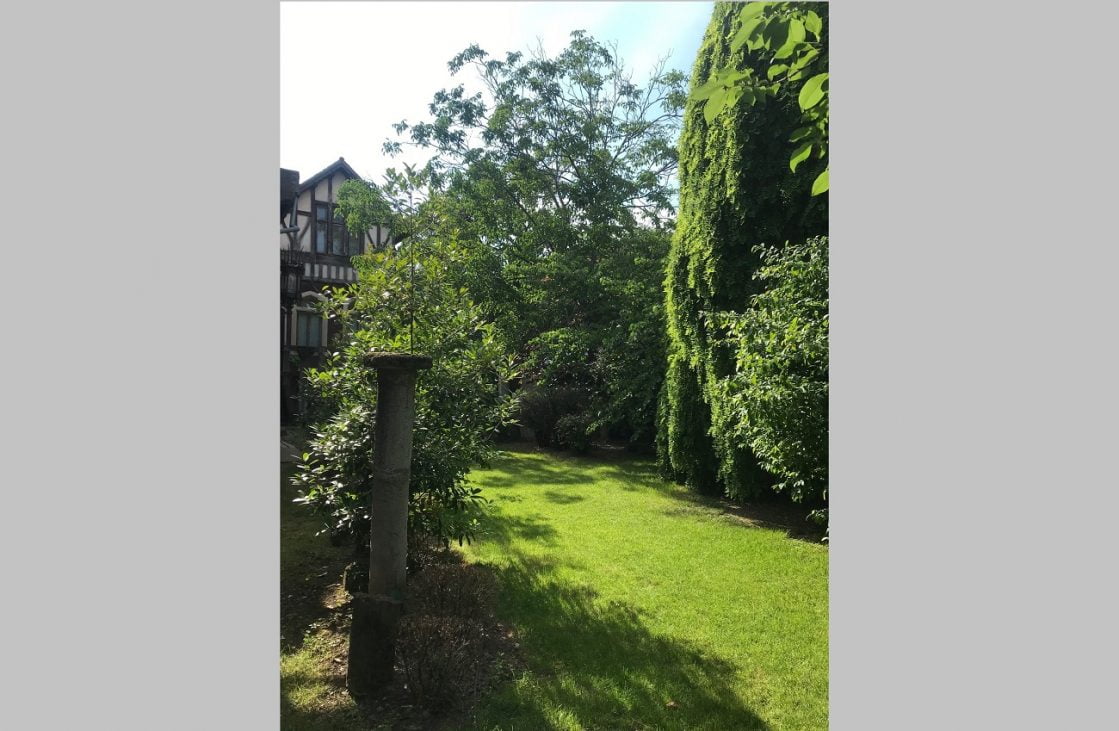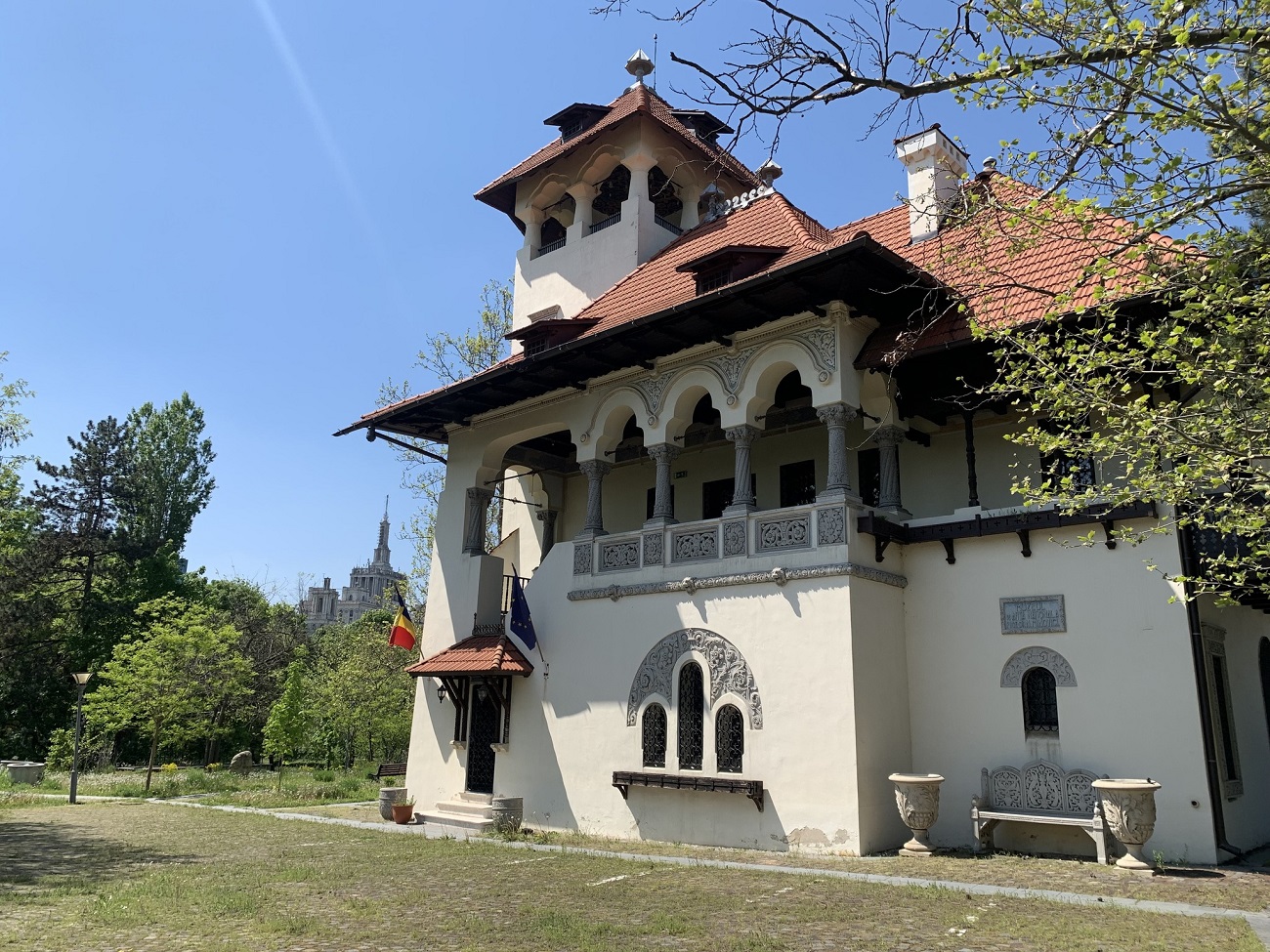
Bucharest Gardens – The city’s green heritage rediscovered
The Storck Garden and the Ienachiță House are involved in a special exhibition and revitalization action. From June 6 to 8, the historic gardens of Bucharest are opening their gates to rediscover the city’s green heritage.
The “Gardens of Bucharest” project, an interdisciplinary initiative to research and document historic residential gardens in the capital, presents its results. The opening of the exhibition takes place in the garden of the Frederic Storck and Cecilia Cuțescu Storck Museum on June 6 at 18:00, followed by a planting in the garden of the Ienăchiță House on the morning of June 7.
The exhibition is part of the international “Rendez-vous aux jardins” circuit, a European initiative dedicated to the enhancement of historic and contemporary gardens.
“Gardens of Bucharest” aims to bring to the public’s attention the importance of private gardens that have been part of urban life and have constituted the identity of the city along with the architecture through which they were enhanced. These green spaces, once reflected in art and literature, are today almost extinct, being gradually replaced by decorative green spaces, or eliminated altogether.
The “Bucharest Gardens” project aimed to identify, classify, research and promote these gardens, in order to restore their cultural and urban value and to stimulate their recognition as part of the city’s heritage. The interdisciplinary team carried out field, archival and bibliographical research, inventoried the plants, and made architectural and landscape surveys.
Public program
The opening of the exhibition “Gardens of Bucharest” – 6 June, 18:00, Storck Museum Garden. On display are photographs, reliefs, illustrations, artefacts and an album.
Community planting – 7 June, at 09:30, a community planting will take place in the garden of the Ienachita House, where the public is invited to participate.
Concept and coordination – arh. Eliza Yokina; landscape coordination – peis. Alexandru Mexi; architecture & graphics – arh. Andreea Irimia.
Photo: Storck Museum courtyard; curatorial archive





